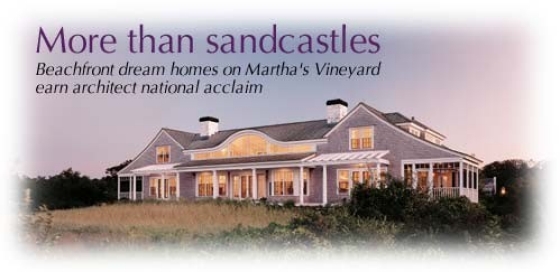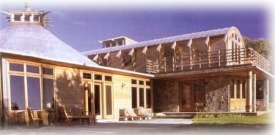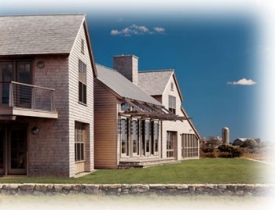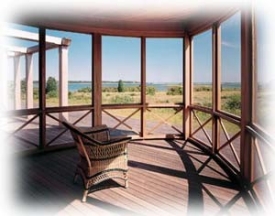by Deborah Rieselman
Alumnus Mark Hutker likes to get personal. Very personal.
Even if he hardly knew you, he would be likely to ask on which side of the bed you sleep. Then he would want to know if you get up in the middle of the night to go to the bathroom. Sooner or later, he would get around to discussing dining habits, laundry routines, favorite pastimes and how many friends you have.
But don't take it personally. With Hutker, it's all business -- the business of creating homes that fit a person to perfection.
Of course, the word "home" seems absurdly simplistic for works of art worth millions and and graced with breathtaking waterfront vistas on Martha's Vineyard. To some, the word "castle" might seem more appropriate, yet that term would surely cause Hutker to bristle.
"Castle" connotes imposing dominance, even stand-offishness, and those characteristics directly oppose what the well-known architect achieves for his clients. "We're looking to do mature but somewhat recessive buildings that are happy to settle into the landscape rather than dominate it," Hutker says.
Hiding 12,000 square feet in the landscape and making it feel inviting are actually hallmarks that have attracted clients like composer/conductor Andre Previn to Mark Hutker and Associates, an architecture and interior design firm that the '82 DAAP grad developed on the Massachusetts island in the late '80s.
Hutker's homes are the kind that the average person only dreams about -- with guest houses, carriage houses, Juliet balconies, courtyards and enclosed patios; dormers, turrets, tennis courts and hot tubs; sun-soaked bathtubs, fieldstone fireplaces, slate counter tops and imported tiles. Even though Hutker deals with the reality of budgets, serious corners are not cut. Never.
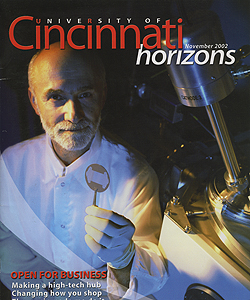
 Past Issues
Past Issues